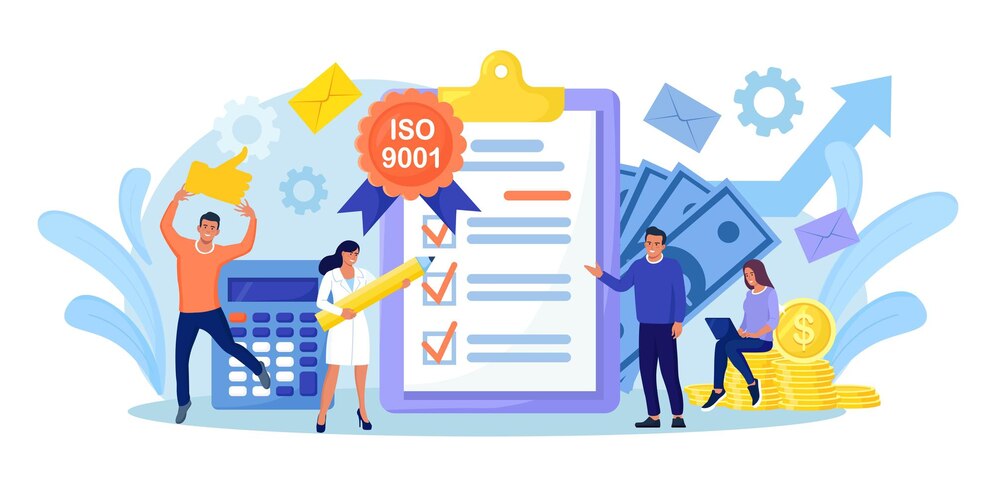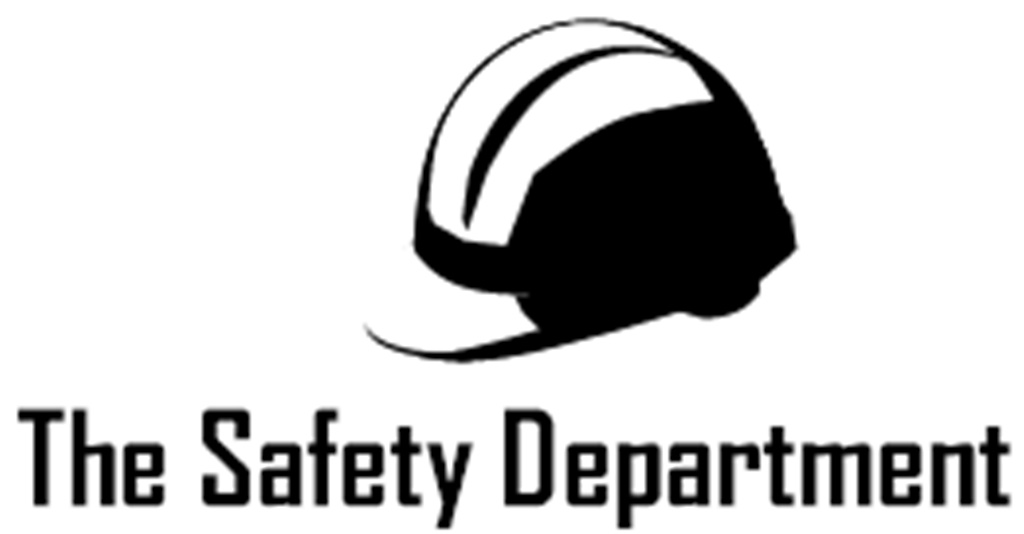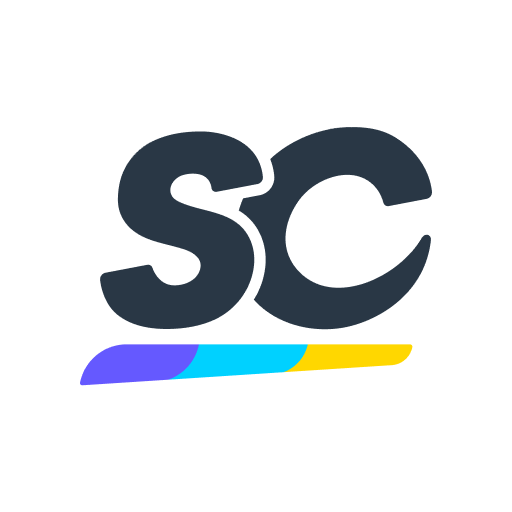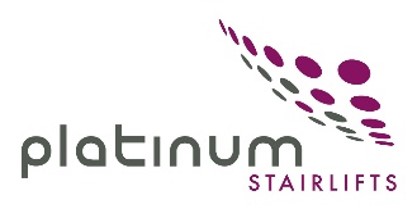Title Page
-
Date of Audit
-
Auditor
-
Location
Internal Audit details
-
Department Audited
-
Audit Plan - Timings, Context and Interested parties
-
Auditees
-
Interested Parties
-
Scope of the audit
2. Summary of Audit Findings
-
Achieves its objectives
-
Conforms to management requirements
-
Complies with regulatory requirements
-
Meets customers’ contractual requirements
-
Conforms to a recognized standard
-
Meets the needs of the Business
-
Systems support - list applications
-
List the Polices and Procedures relevant to the audit Scope
-
Review the procedures and other documents relevant to the scope
-
Prepare an internal audit checklist of the questions you will ask and the evidence that intend to view
-
Review previous internal and external audit reports. Are there any corrective actions?
-
ISO 9001:2015, ISO 14001:2015, ISO 45001:2018, ISO 27001: 2022
-
*Risk Level : Low ( low impact on people and organisation) Medium -(Organisational systems continue to evolve). High – Significant non conformances, injuries and incidents.
-
Audit Reference
-
Documents Reviewed
3.Summary Statement – Overview of Findings, include number of NCRs, OFIs and Positive feedback
-
undefined
3.1 Audit Method (Desktop, Observational, Virtual)
-
undefined
3.2 Interested Parties
-
undefined
3.3 Process Management – Determine Process involved include inputs and outputs
-
undefined
3.4 H&S Management - RA, Methods, Process (client process/guidance)
-
Leadership and Communication
-
Management of risk
-
Training and Awareness
3.6 Planning (included Hazards, RA’s, register, Aspects and impacts, compliance and objectives.
-
Determine the Planning Process for the activities conducted in the department – specific to:
-
Communication
-
Documentation
-
H&S management
-
Environmental Management
-
Key metric Performance
-
Planning review
-
Legislation - Determine regulatory Requirements
-
Workplace Review – determine if the workplace is suitable for the needs of all concerned
-
Resource – the management of training development and recruitment
-
Document Control – Review documents and identify retention and storage processes
-
Waste Management – How is waste controlled
-
Customer Focus
-
Cyber Security – Review cyber security awareness
-
Change management - determine how changes are managed, documented, communicated
3.7 Competency
-
Review the Training and Development plans for the interested parties?
-
As the interviewee demonstrated a knowledge of the audit scope
4. Opportunities for improvement, non-conformances and follow ups required ?
-
Subject
-
NCR, OFI, Follow Up
-
Detail
-
Owner
-
Clause Ref
-
Subject
-
NCR, OFI, Follow UP
-
Details
-
Owner
-
Clause Ref
-
Subject
-
NCR,OFI or Follow up
-
Details
-
Owner
-
Clause Ref
-
Subject
-
NCR,OFI or Follow up
-
Details
-
Owner
-
Clause Ref:
-
Subject
-
NCR,OFI or Follow up
-
Details
-
Owner
-
Clause Ref:
-
Subject
-
NCR, OFI or Follow up
-
Details
-
Owner
-
Clause Ref:
-
undefined
-
5. SUPPORT REGISTERS – please update the following registers once the audit has been completed
-
Action Register
-
Risk and Opportunities Register
-
Audit Plan/Schedule
-
Audit register
-
Objectives Register
-
Key Metric Performance
-
6 Performance Review: Key metrics
-
Are the Key metrics on track to targets
-
Are the Key metrics shared with interested parties if so, how ?
Report prepared by
-
Name
-
Position
-
Date
-
Audit Plan updated
-
Audit Register updated
-
Action Register updated
-
Head of Department informed
Photo Evidence
-
Add Media for supporting evidence
-
Additional Information











